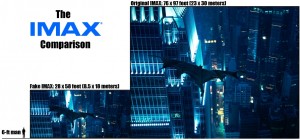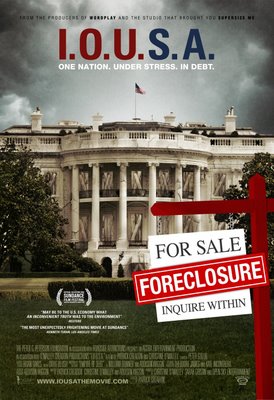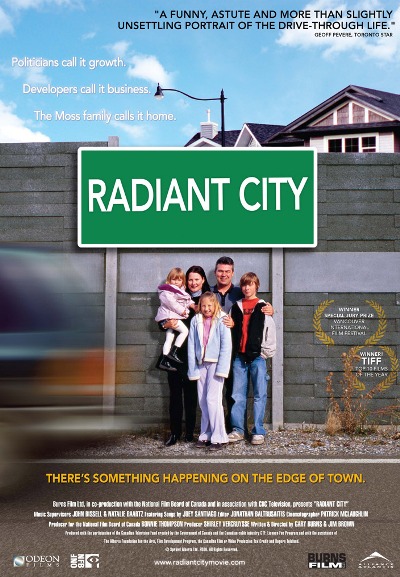My wife and I took in the screen adaptation of the hit Broadway musical “Les Miserables” this afternoon. My recommendation: see the stage version, and skip the movie.
It’s not that this musical couldn’t have made a successful transition from stage to screen. There were two major problems with this particular movie: casting and directing.
There were two major characters that were poorly cast: Fantine (played by Anne Hathaway) and Javert (played by Russell Crowe). Hathaway’s melodramatic performance was way, way over the top. Broadway performers know how to act and sing at the same time. Hathaway appears able to do only one or the other at any given moment. Crowe is less objectionable. His characterization of Javert was quite good; however, his voice is simply not strong enough to carry Javert’s singing part. Crowe can carry a tune, but he can’t sell the song. And, seeing as how this is more or less an opera, that’s no small deficiency when you’re the antagonist for close to three hours.
But the biggest problem with the screen adaptation was the directing, which consisted of primarily two shots: closeups and extreme closeups. (I’m exaggerating, of course, but only a little.) Watching Marius sing “Empty Chairs at Empty Tables,” or Fantine sing “I Dreamed a Dream,” while on a static closeup for nearly the entire song did not display a great deal of either acting or directing skills. If this directing choice was meant to provoke pity and sadness, it only succeeded for the first forty-five seconds or so. After that, the viewers become anxious and jittery as their eyes begin searching for something — anything &mdash else to look at: the out-of-focus background, the borders of the screen, the exit sign, whatever can be found. The poignancy of “Empty Chairs at Empty Tables” would be captured better by seeing Marius alone in the room with the abandoned furniture for at least part of the time he sings about it. But alas, the set designer’s work is barely seen, and the actor is called upon to convey the full emotion of the moment solely through his face and voice.
Not that the film was all bad. Jean Valjean (Hugh Jackman), Enjorlas (Aaron Tviet), Gavroche (Daniel Huttlestone), and of course the Bishop (Colm Wilkinson, who played the original Jean Valjean on stage) were high points as they all turned in exceptional performances, both in acting and singing. The Thenardiers (Sacha Baron Cohen and Helena Bonham Carter) were entertaining, and Marius and Eponine (Eddie Redmayne and Samantha Barks) performed well. The set design was excellent.
If you’re a die-hard “Les Miserables” fan, you’ll want to see this movie regardless of the reviews. But if you’ve never seen the musical, don’t judge it based on the movie. The stage version is far superior.

 A new IMAX opened at Rave Motion Pictures Grand Prairie 18 this week. I checked it out yesterday, and the screen is undeniably big for a multiplex theater at 1,800 square feet. But that’s smaller than traditional IMAX theaters which have screen sizes of 3,600 to 4,900 square feet. But the screen does stretch from floor to ceiling and wall to wall, and is moved closer to the audience than a normal multiplex screen, creating the perception of a much larger screen. The images were bright, in focus, and crystal clear, with no jitter. Interestingly, the movie that was shown was not the same aspect ratio as the screen, so it was shown in a letterbox-looking format — i.e., the movie filled the width of the screen, but there was unused screen space at the top and bottom, a total of roughly a sixth of the screen.
A new IMAX opened at Rave Motion Pictures Grand Prairie 18 this week. I checked it out yesterday, and the screen is undeniably big for a multiplex theater at 1,800 square feet. But that’s smaller than traditional IMAX theaters which have screen sizes of 3,600 to 4,900 square feet. But the screen does stretch from floor to ceiling and wall to wall, and is moved closer to the audience than a normal multiplex screen, creating the perception of a much larger screen. The images were bright, in focus, and crystal clear, with no jitter. Interestingly, the movie that was shown was not the same aspect ratio as the screen, so it was shown in a letterbox-looking format — i.e., the movie filled the width of the screen, but there was unused screen space at the top and bottom, a total of roughly a sixth of the screen. I went to see “
I went to see “![screencompa[1]](http://peoriachronicle.com/wp-content/uploads/2010/02/screencompa1-300x218.jpg)

 With the exception of three theaters, Kerasotes is selling its entire chain to AMC. That means the Kerasotes ShowPlace 14 in Pekin will be acquired if the sale receives regulatory approval. Incidentally, for you local history buffs out there, before the ShowPlace 14 (originally the ShowPlace 12) was built, this was the site of the Starlite Drive-In Theater, one of several drive-in theaters in the greater Peoria area. It was destroyed by fire in October 1991. The drive-in was owned by Kerasotes Theatres, and when it burned down, they opted not to rebuild it, but instead put up the largest local multiplex at the time. You may recall that there was another theater chain in the area with a similar name: George Kerasotes Corp., or GKC. (Anyone remember the jingle? “Tonight I feel like GKC!”) It was unaffiliated with Kerasotes Theatres and was sold to Carmike Cinemas in 2005.
With the exception of three theaters, Kerasotes is selling its entire chain to AMC. That means the Kerasotes ShowPlace 14 in Pekin will be acquired if the sale receives regulatory approval. Incidentally, for you local history buffs out there, before the ShowPlace 14 (originally the ShowPlace 12) was built, this was the site of the Starlite Drive-In Theater, one of several drive-in theaters in the greater Peoria area. It was destroyed by fire in October 1991. The drive-in was owned by Kerasotes Theatres, and when it burned down, they opted not to rebuild it, but instead put up the largest local multiplex at the time. You may recall that there was another theater chain in the area with a similar name: George Kerasotes Corp., or GKC. (Anyone remember the jingle? “Tonight I feel like GKC!”) It was unaffiliated with Kerasotes Theatres and was sold to Carmike Cinemas in 2005. I attended a movie at the recently established
I attended a movie at the recently established 